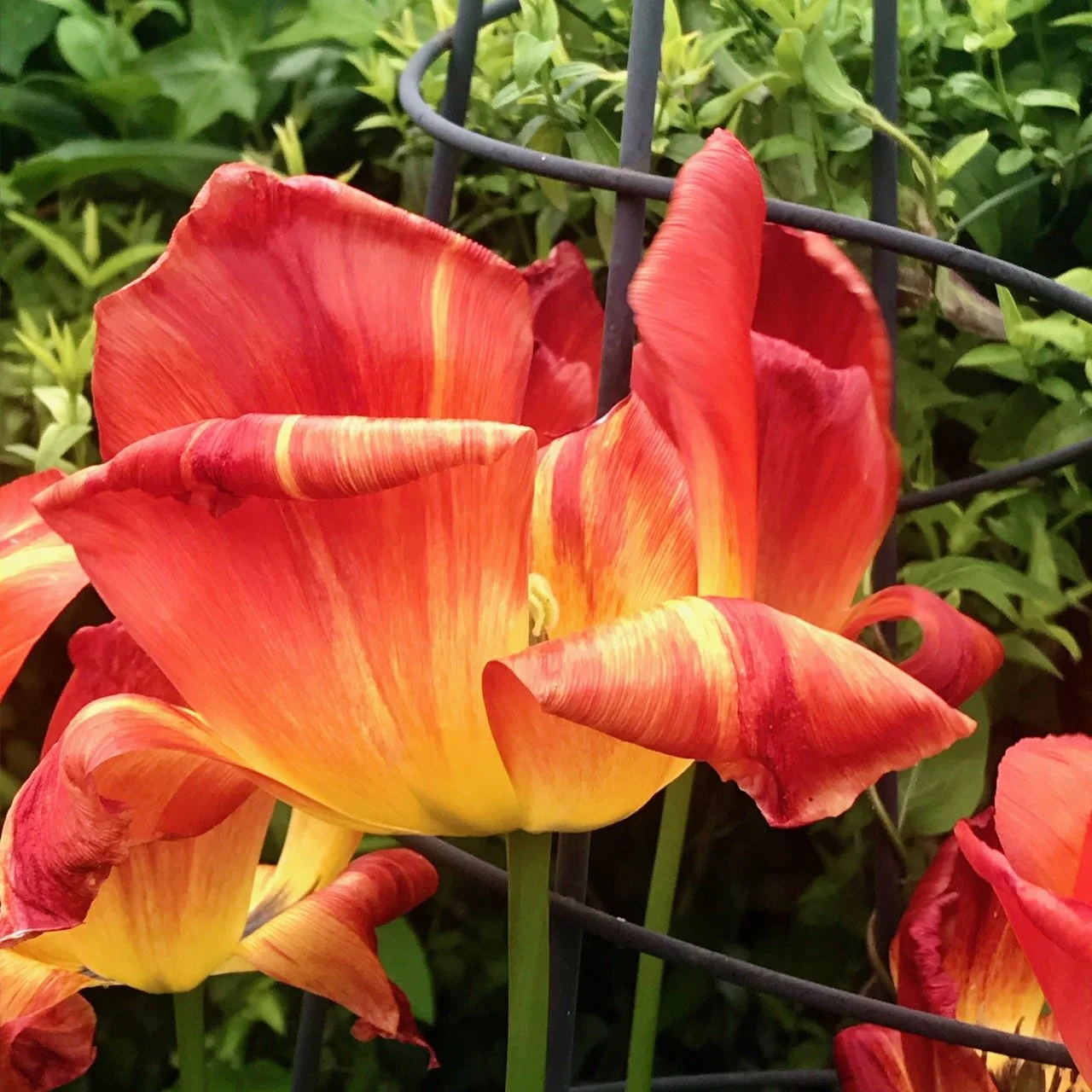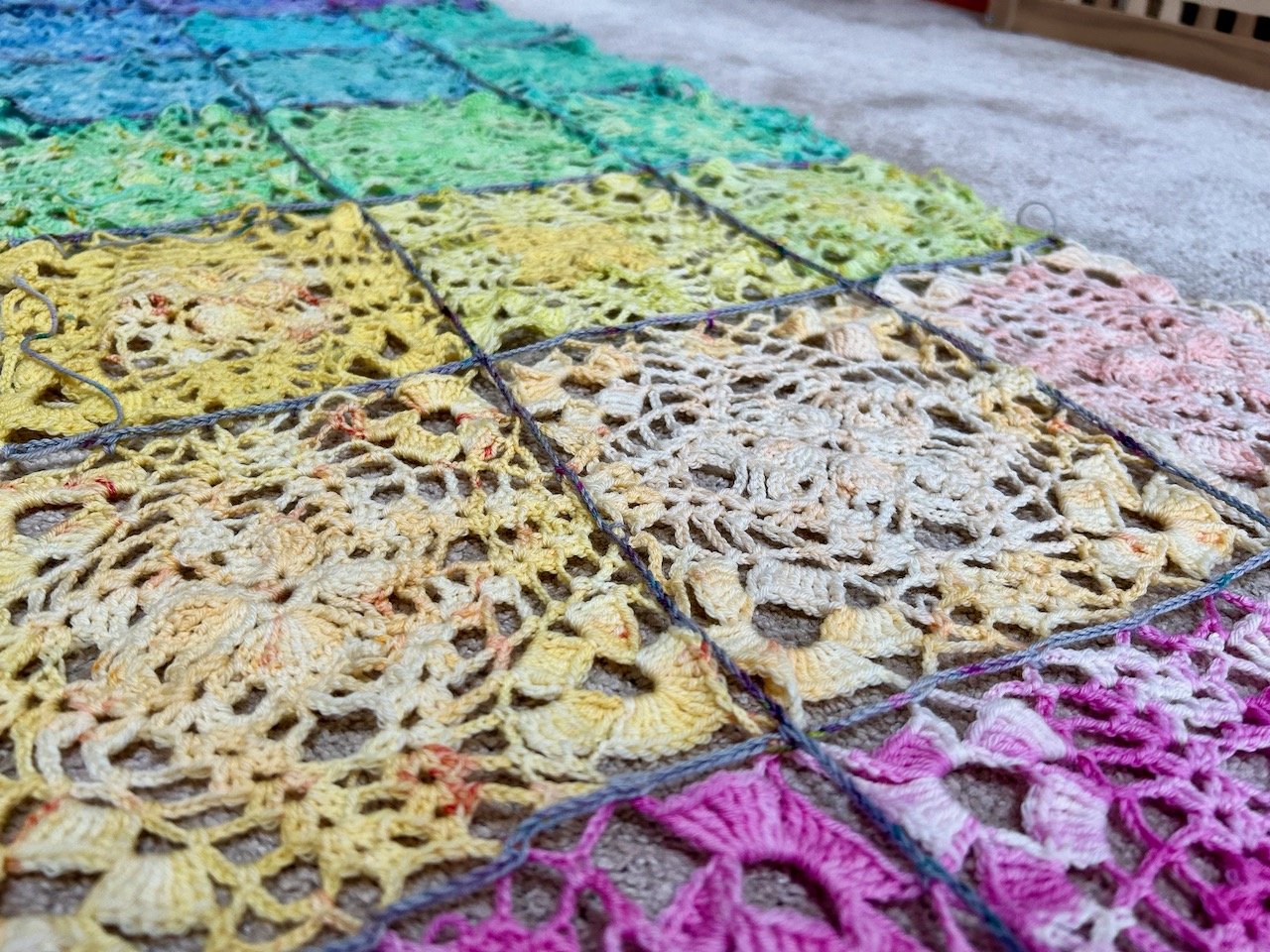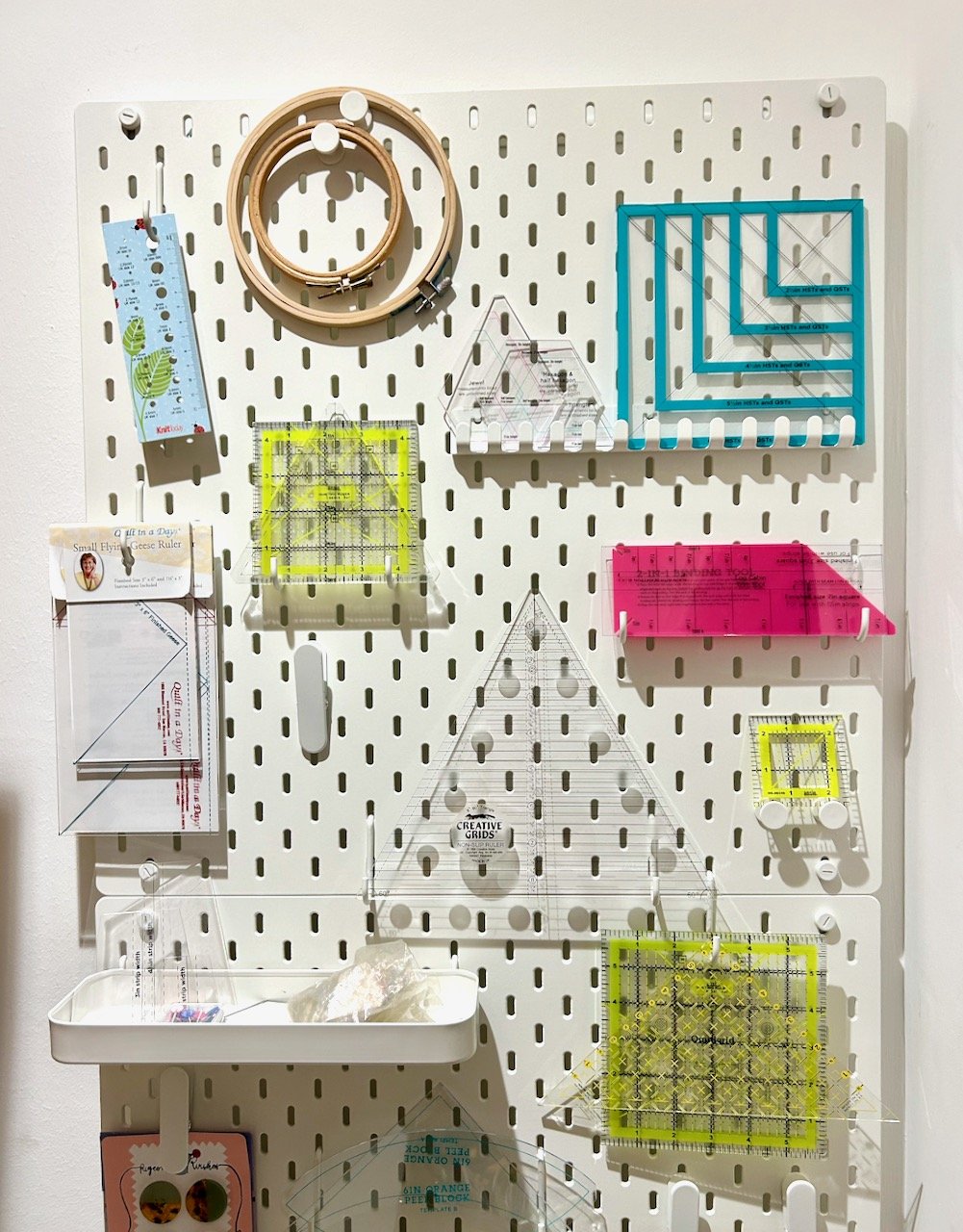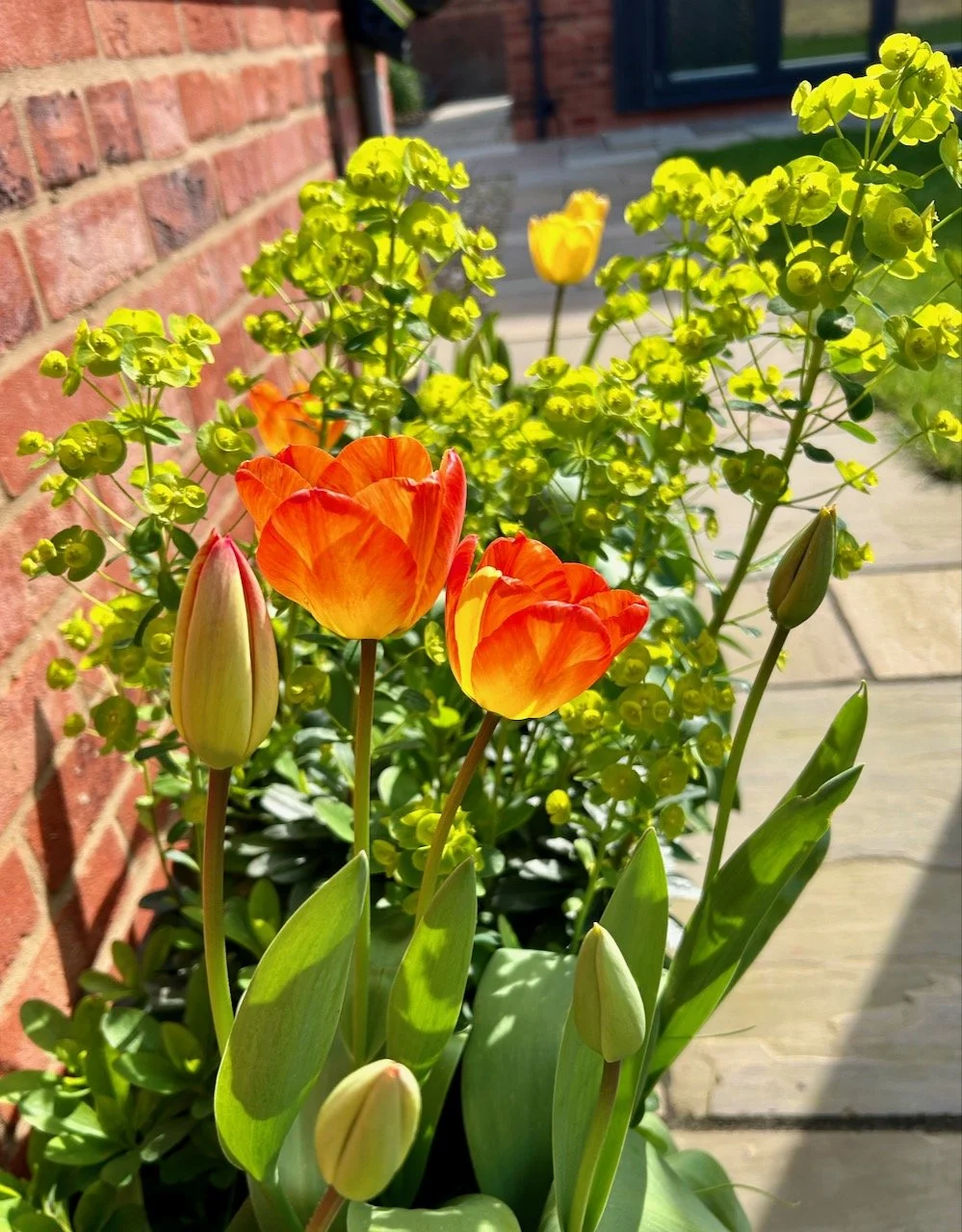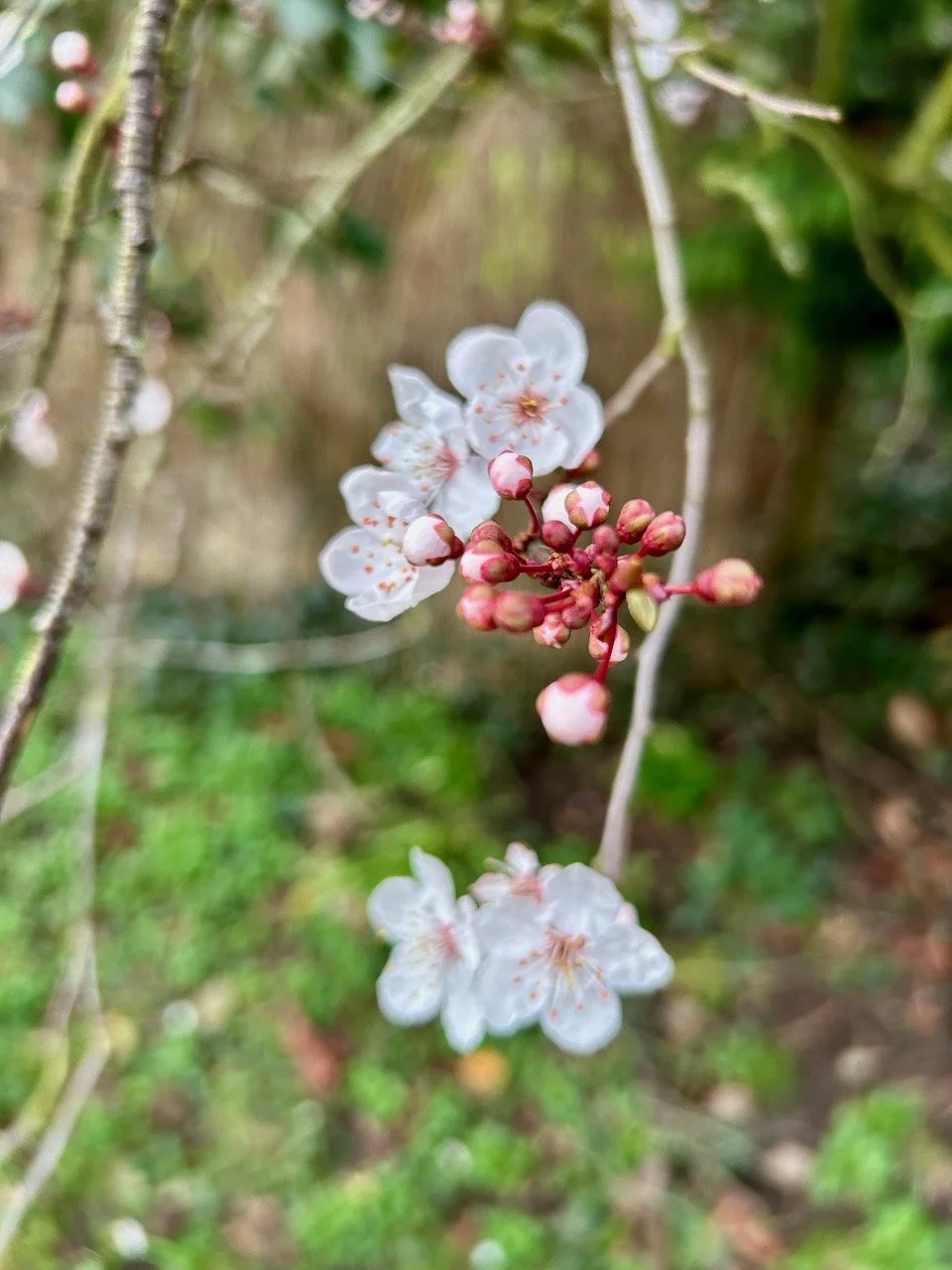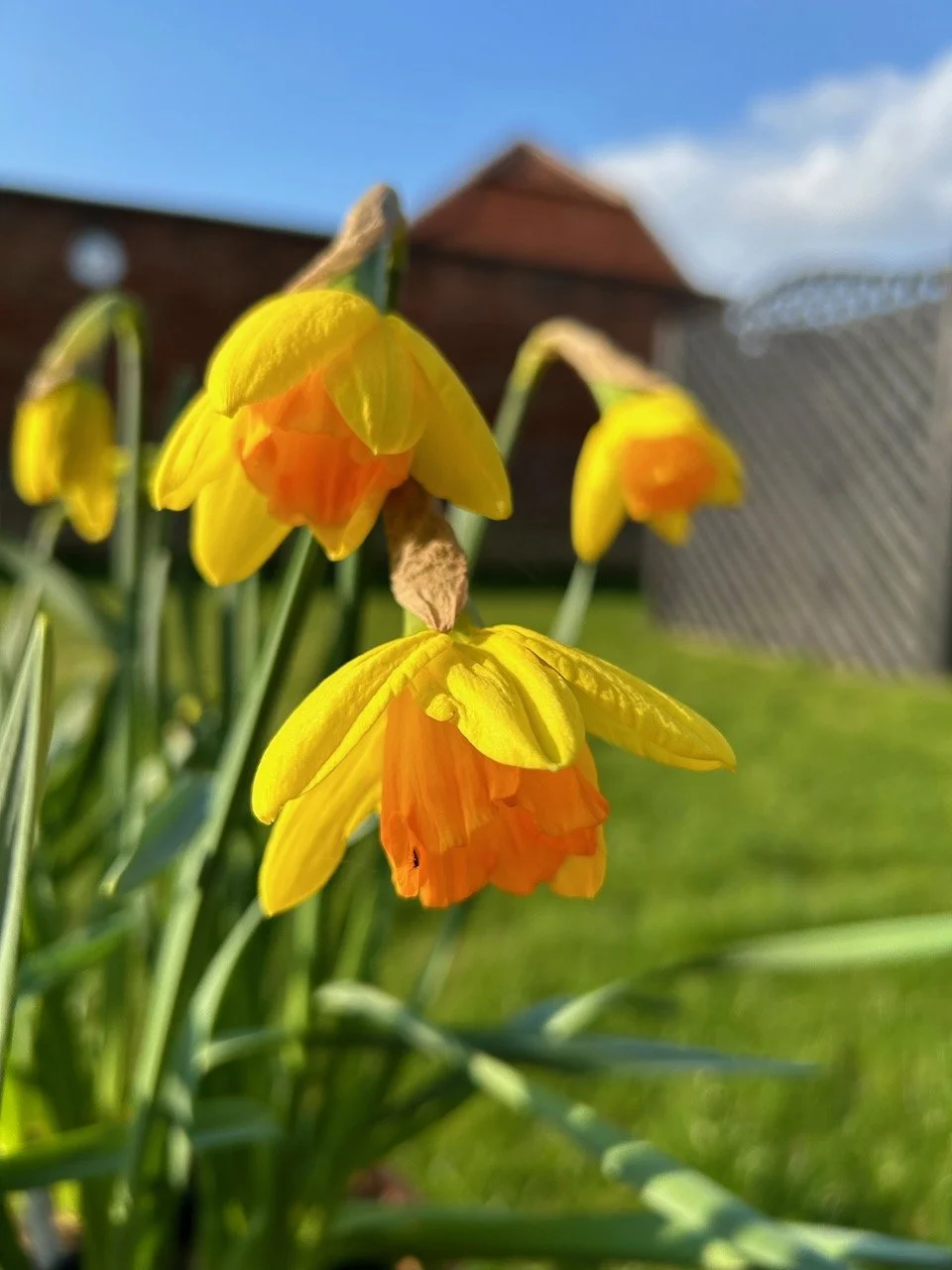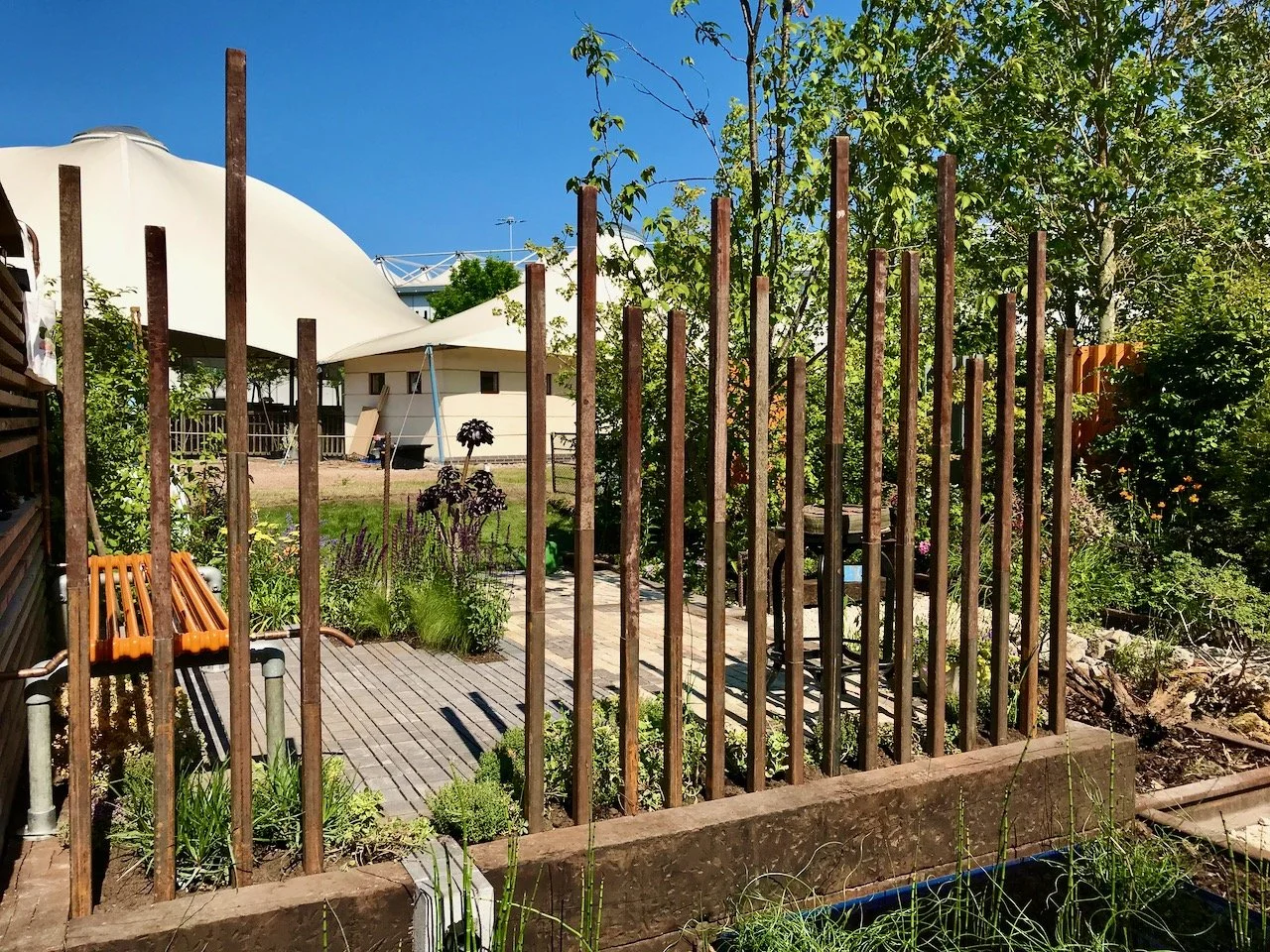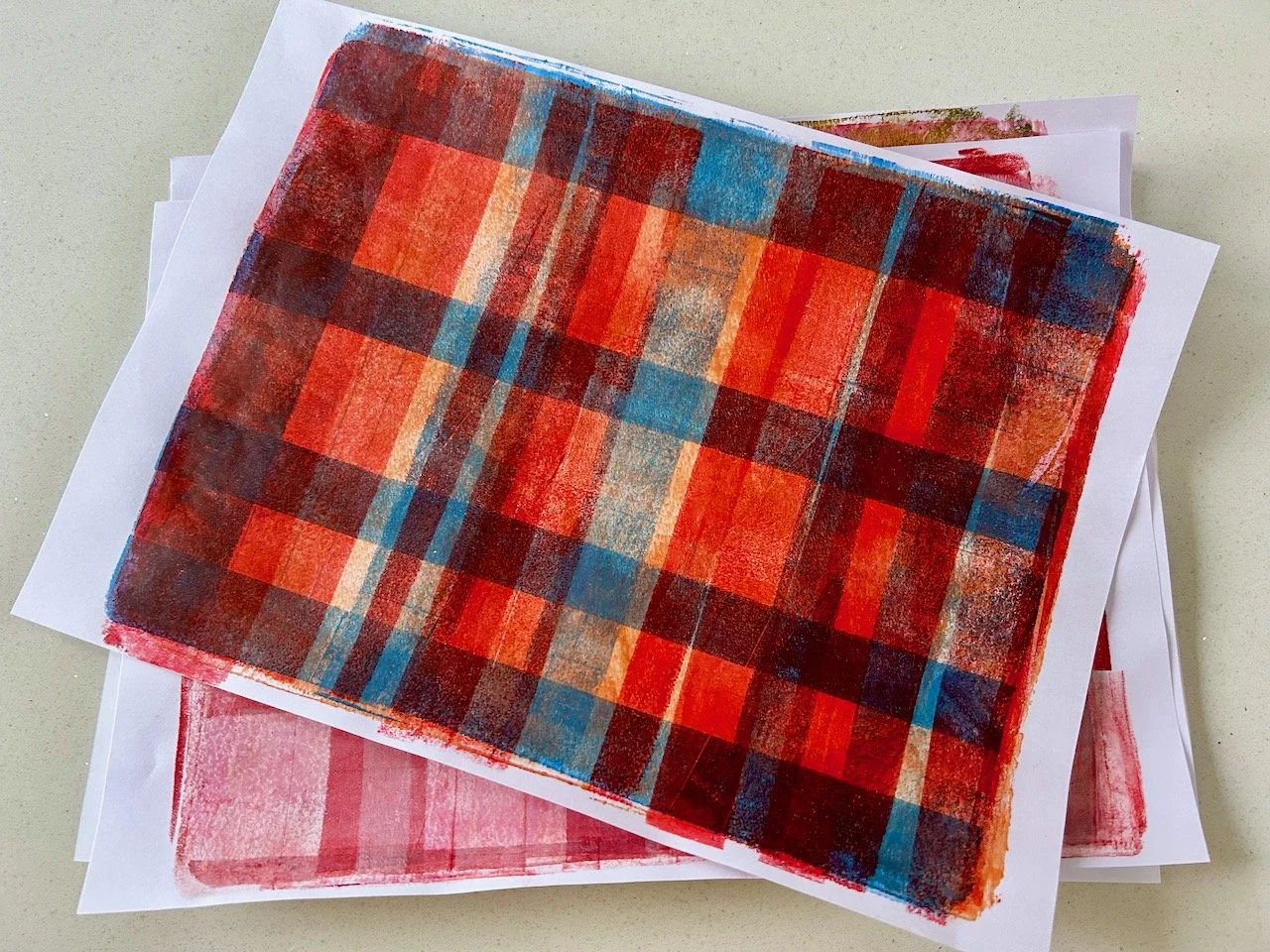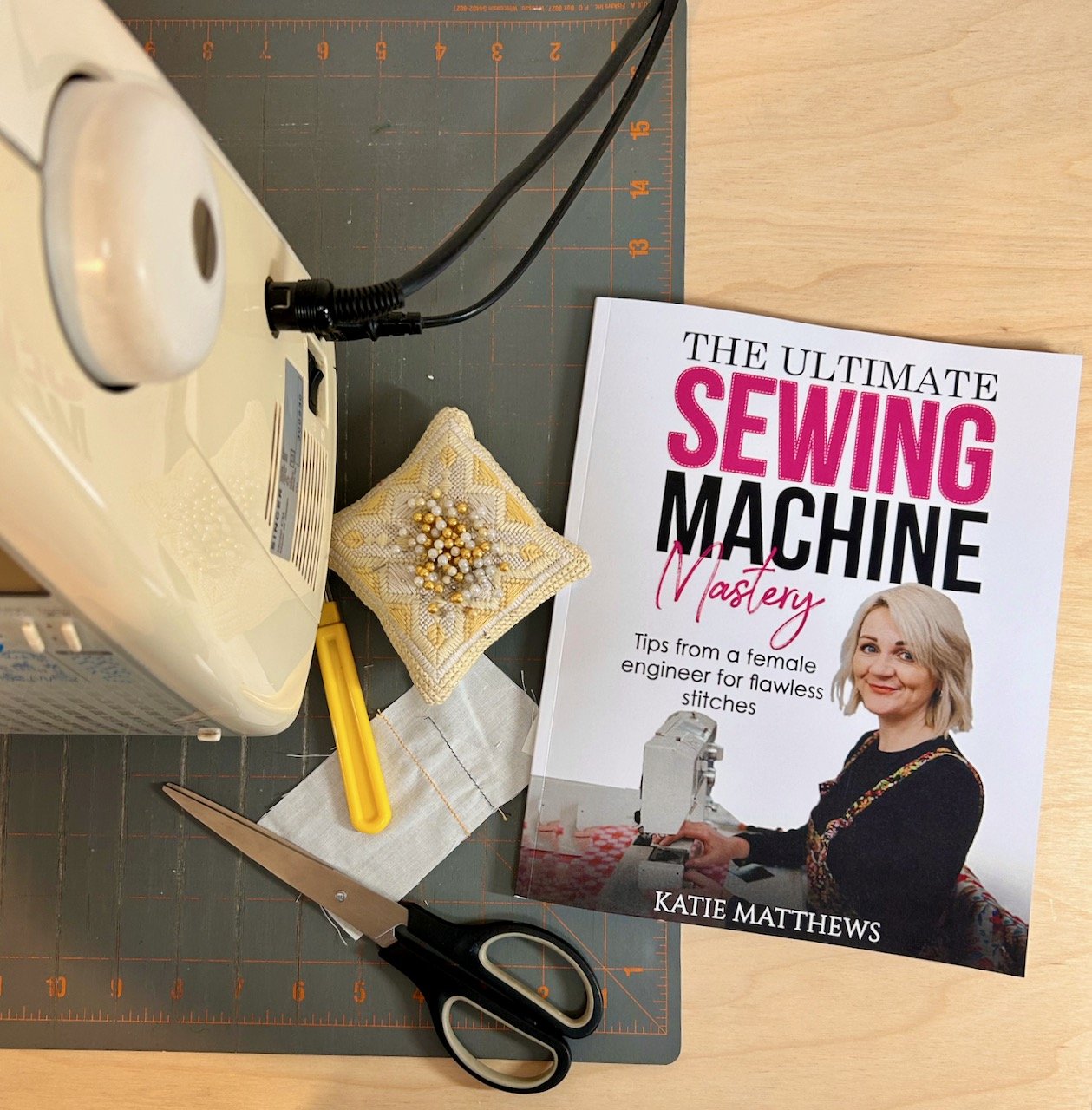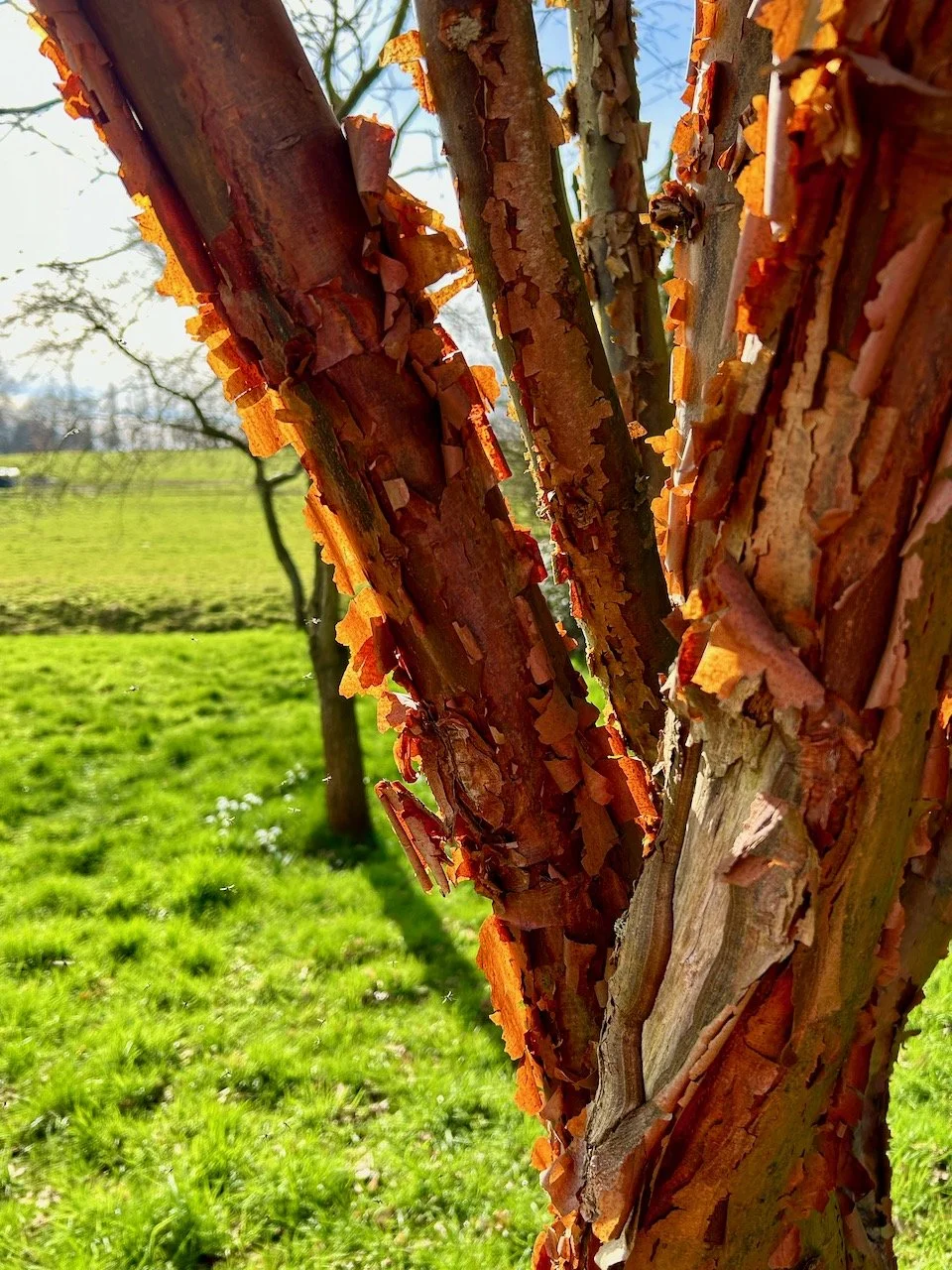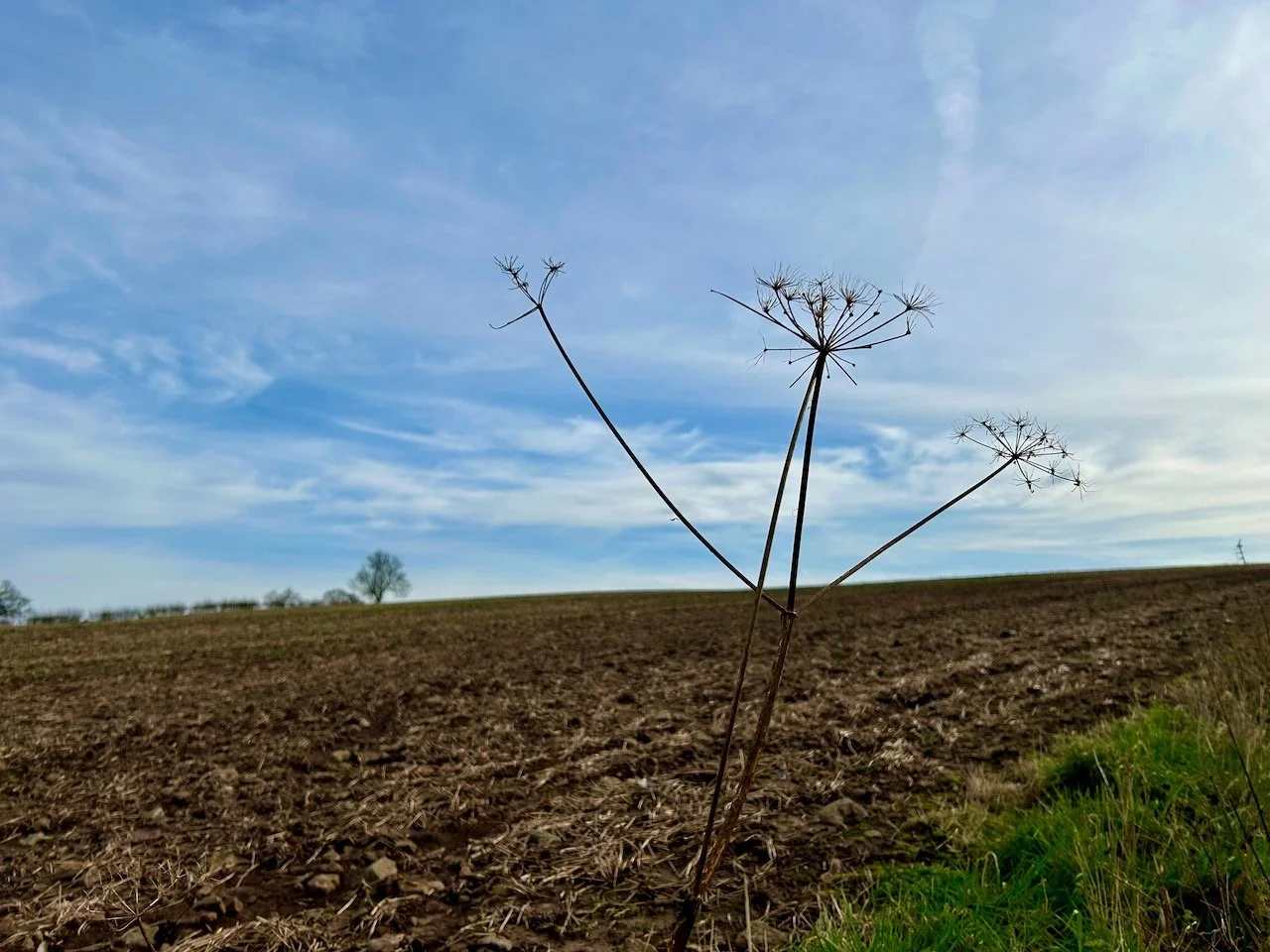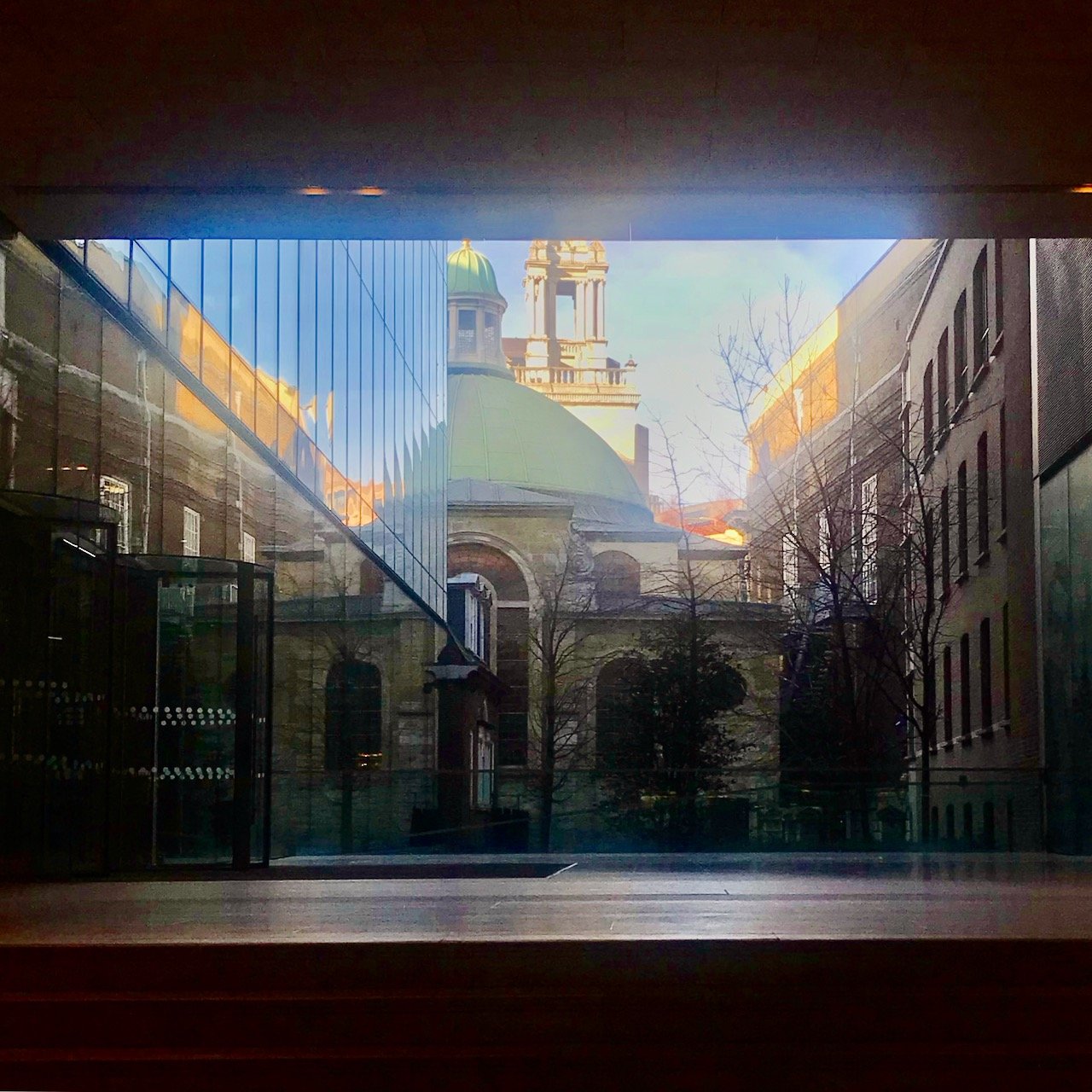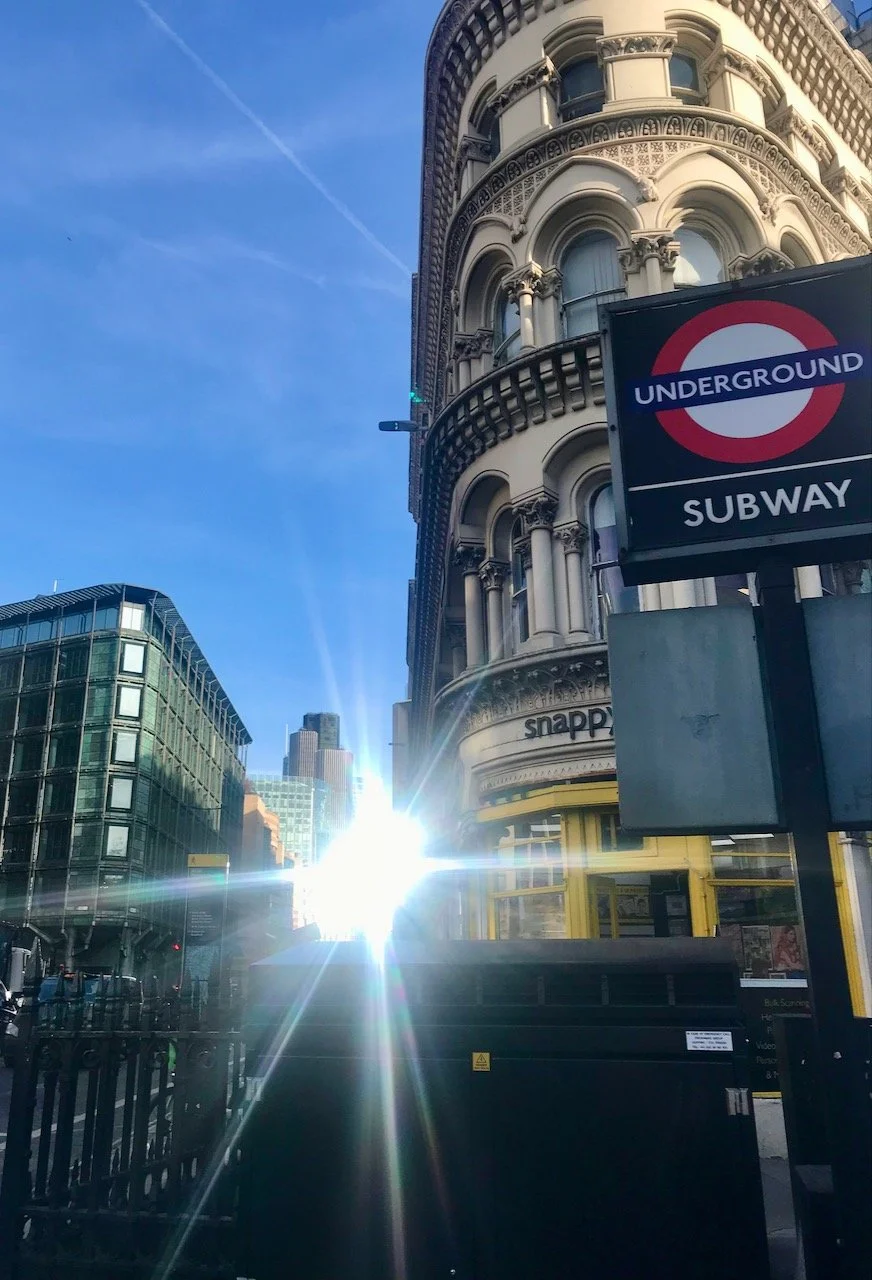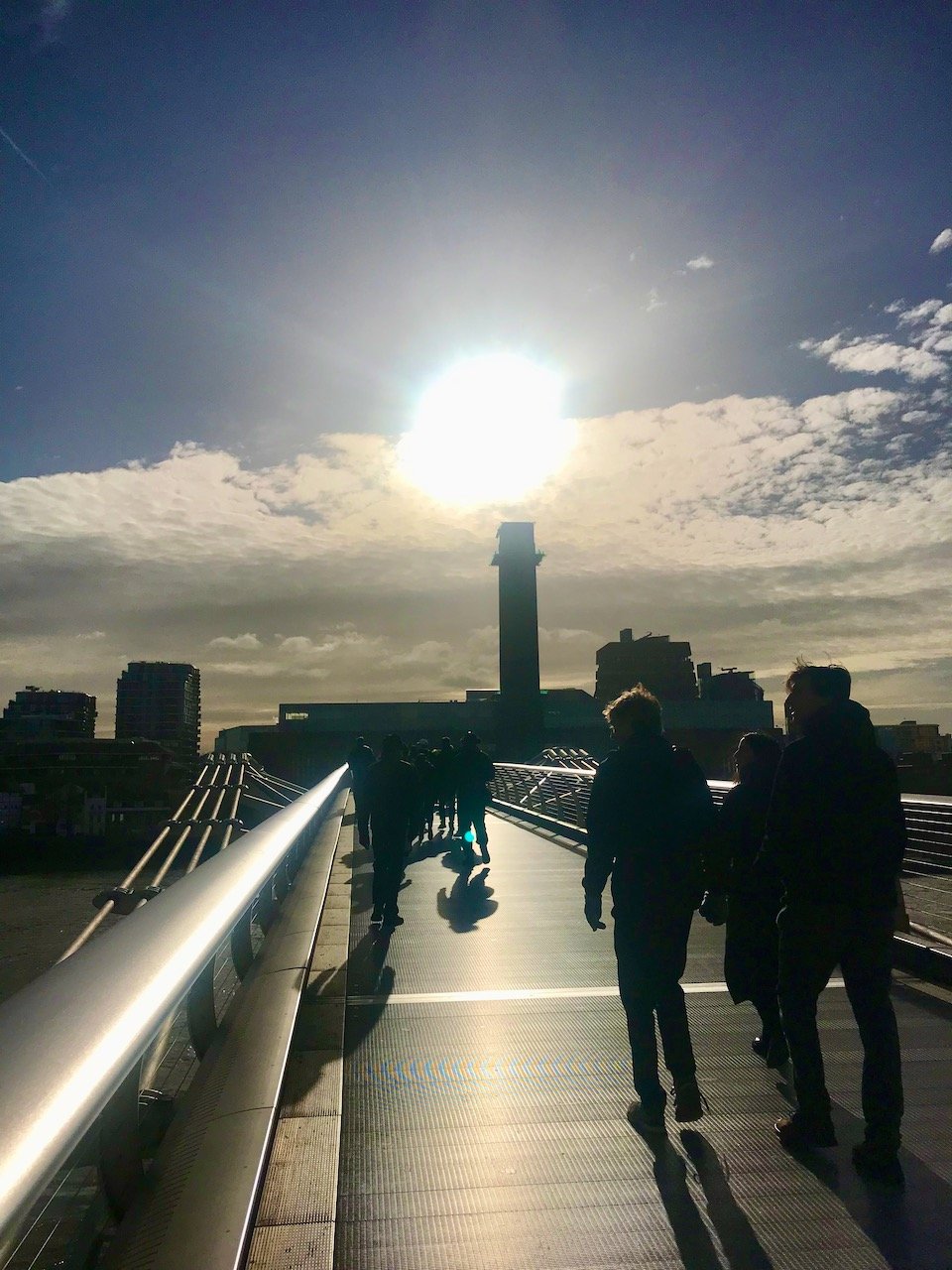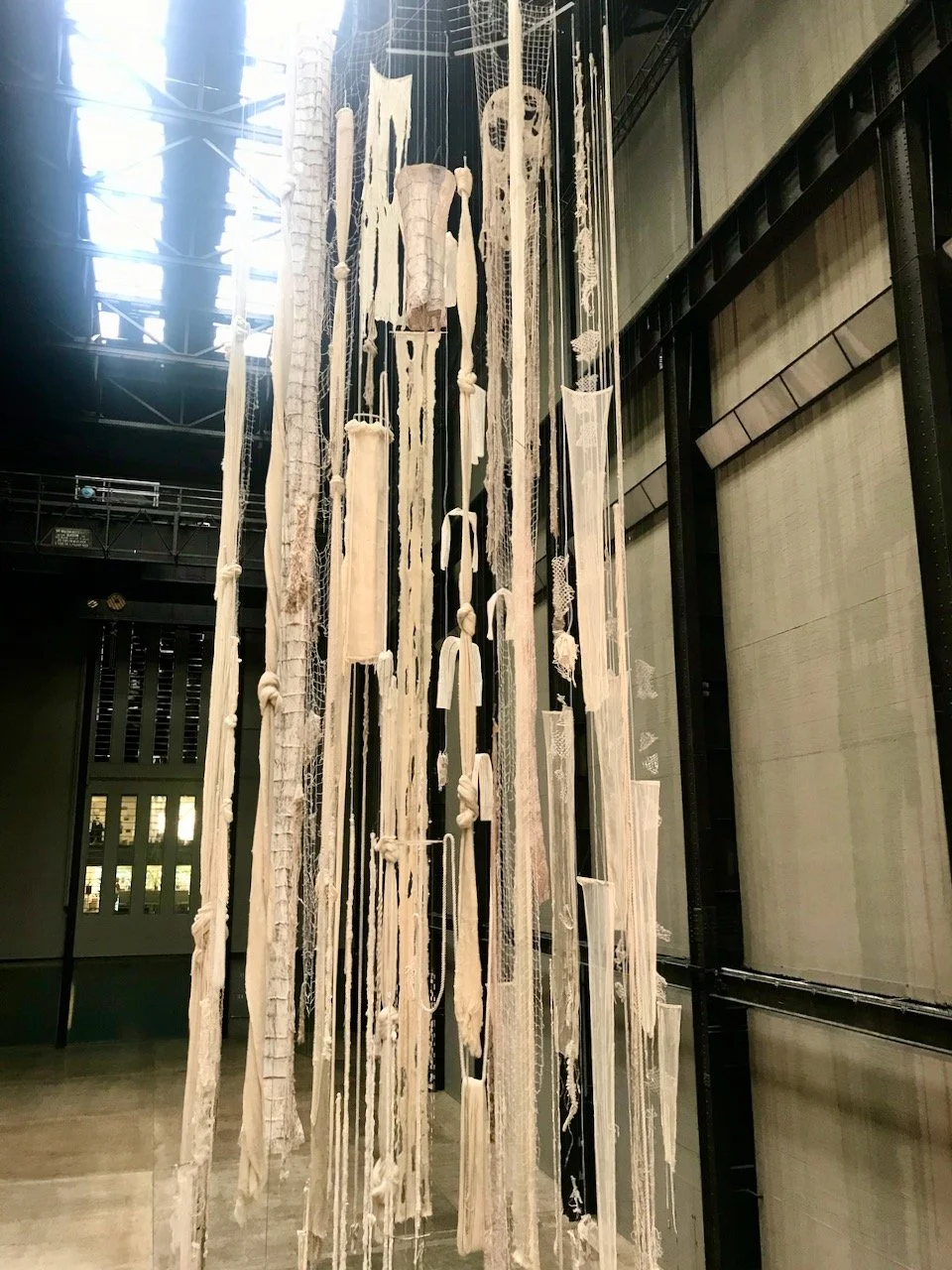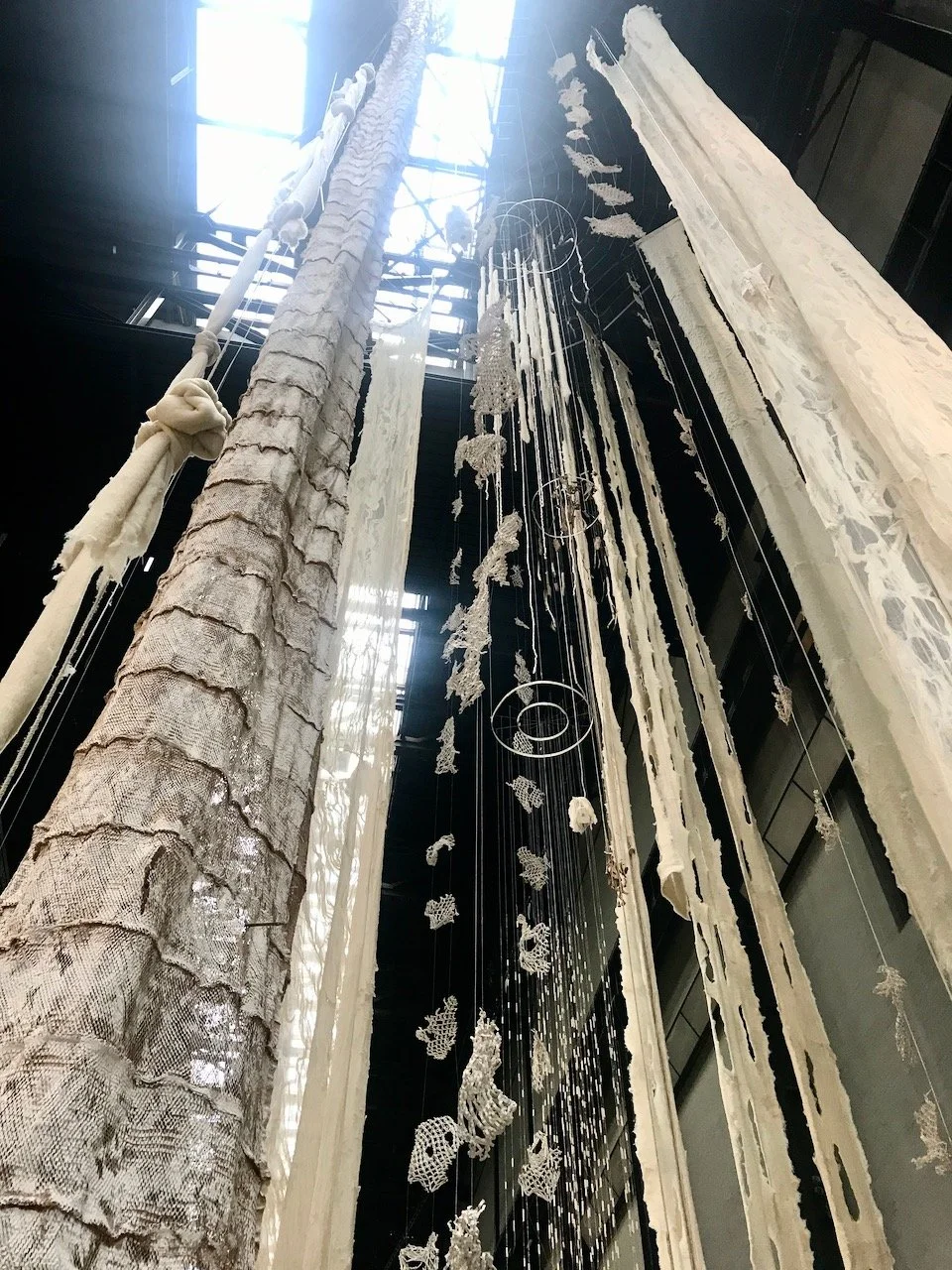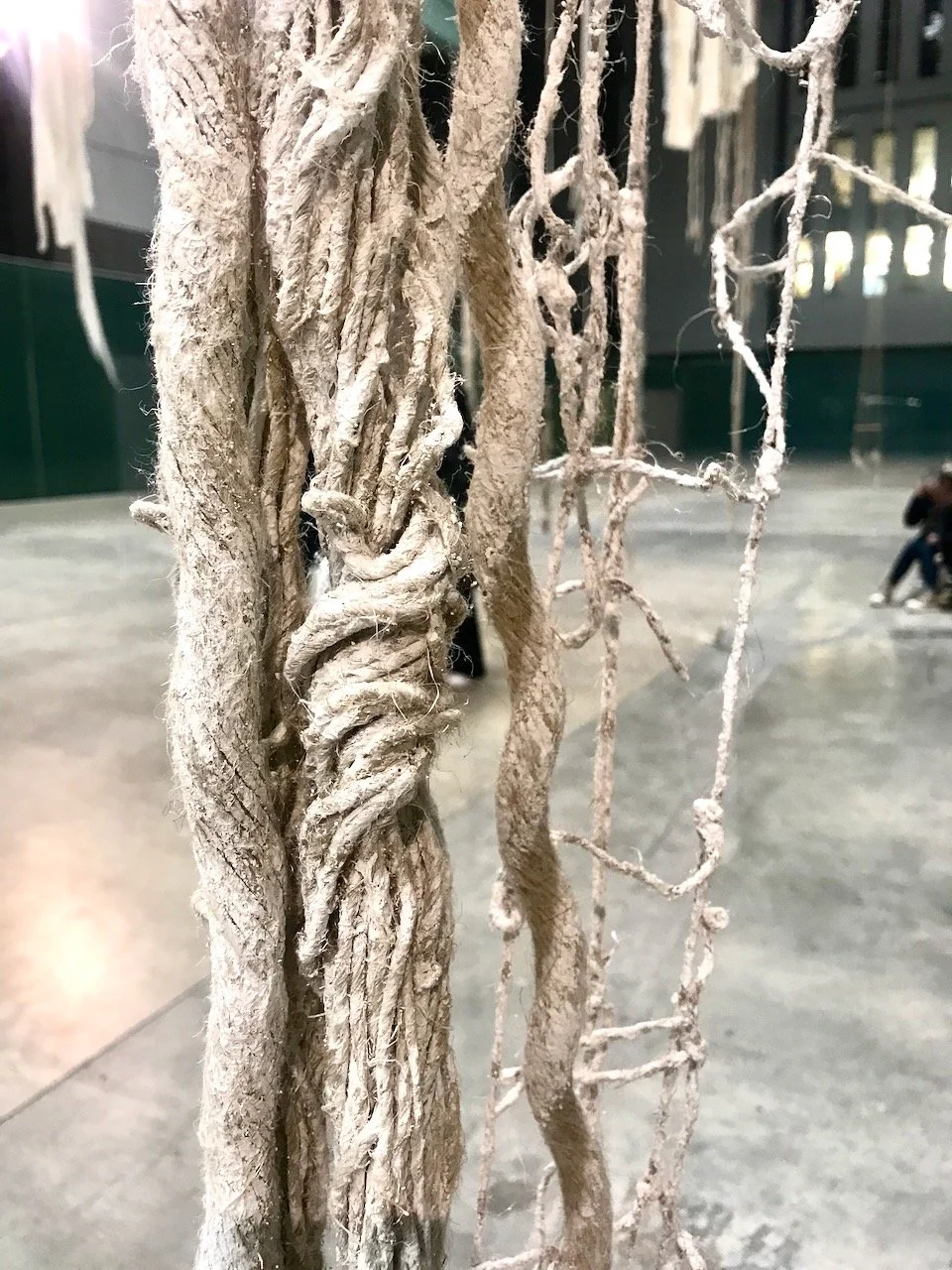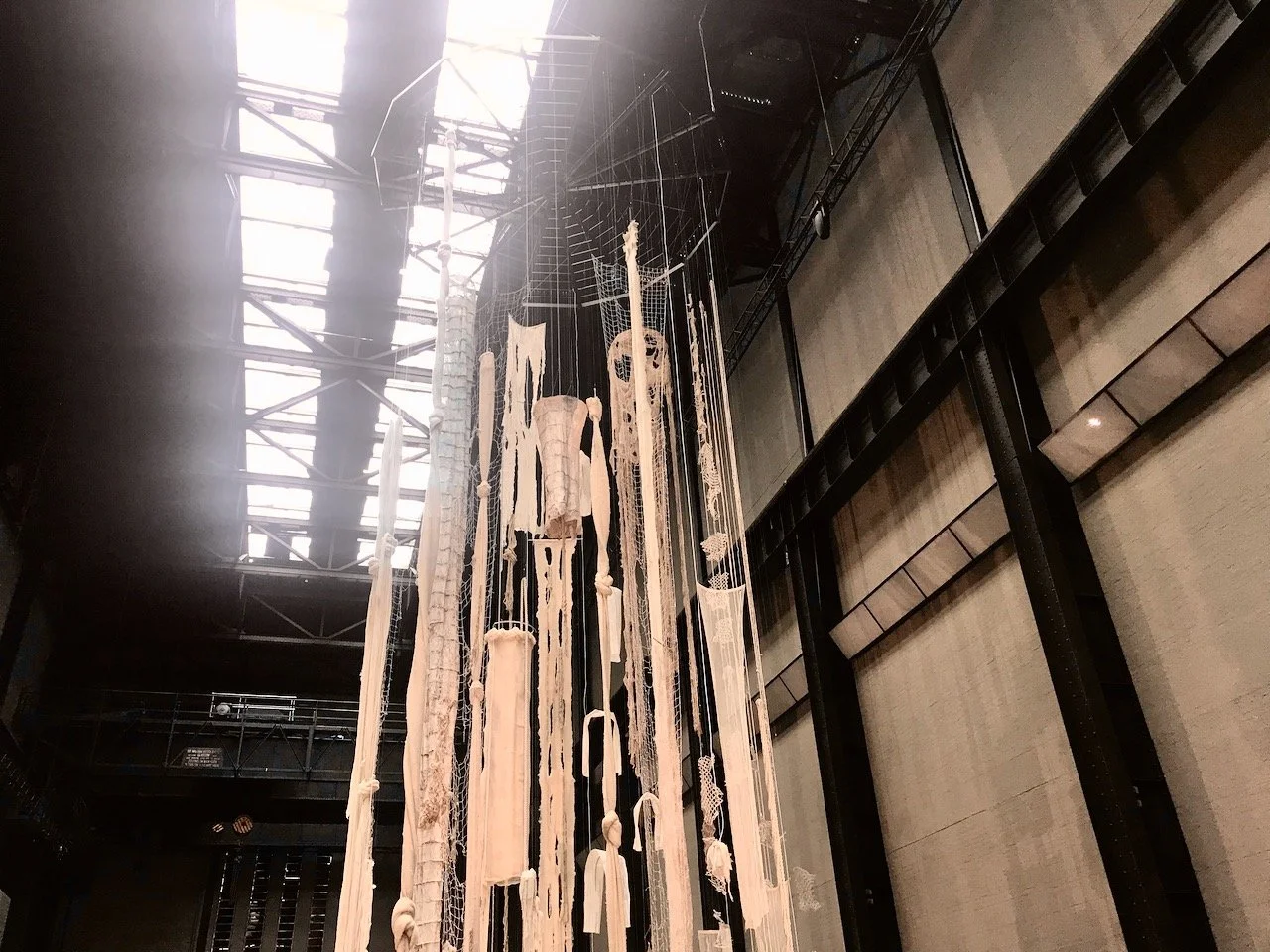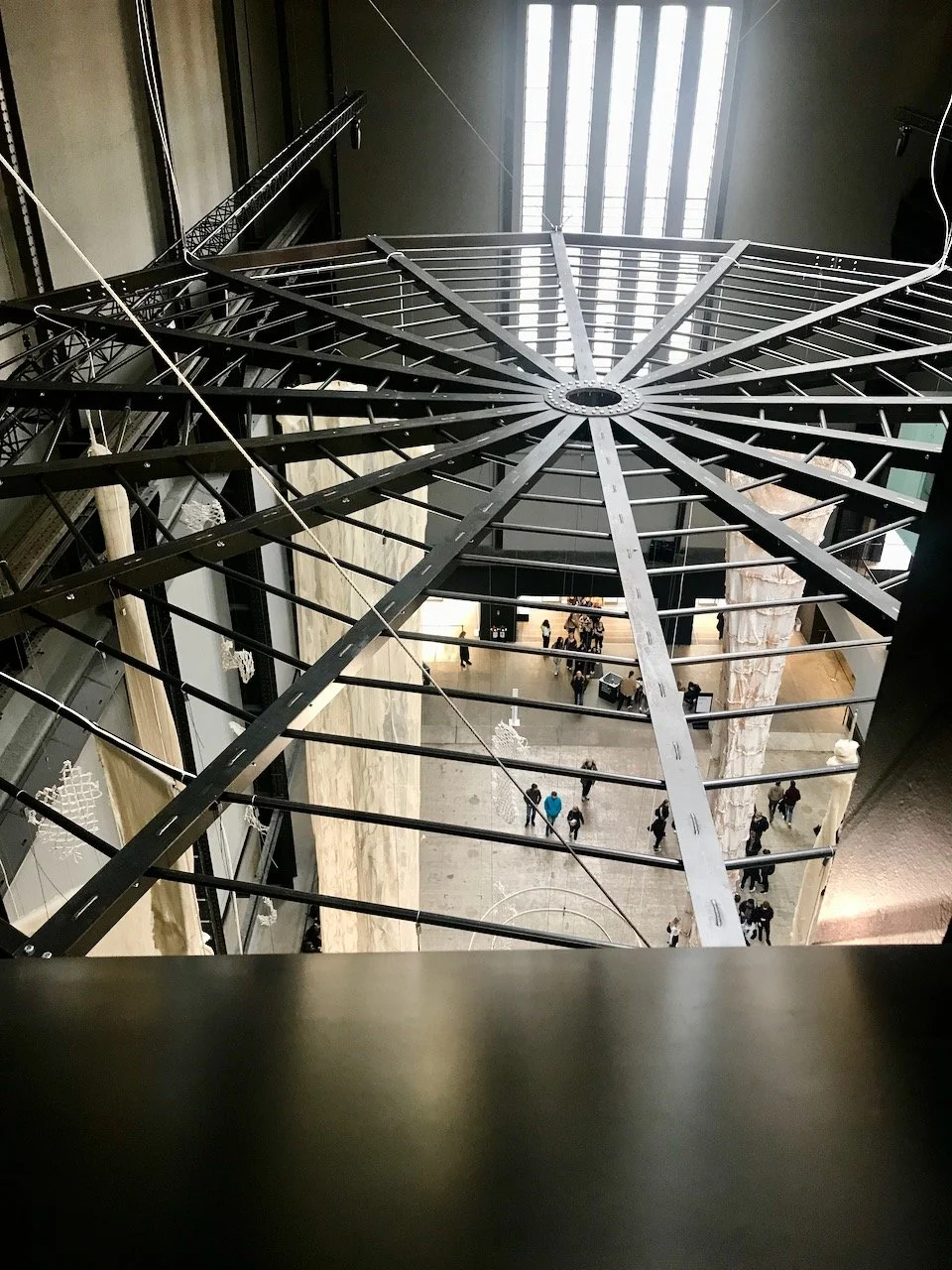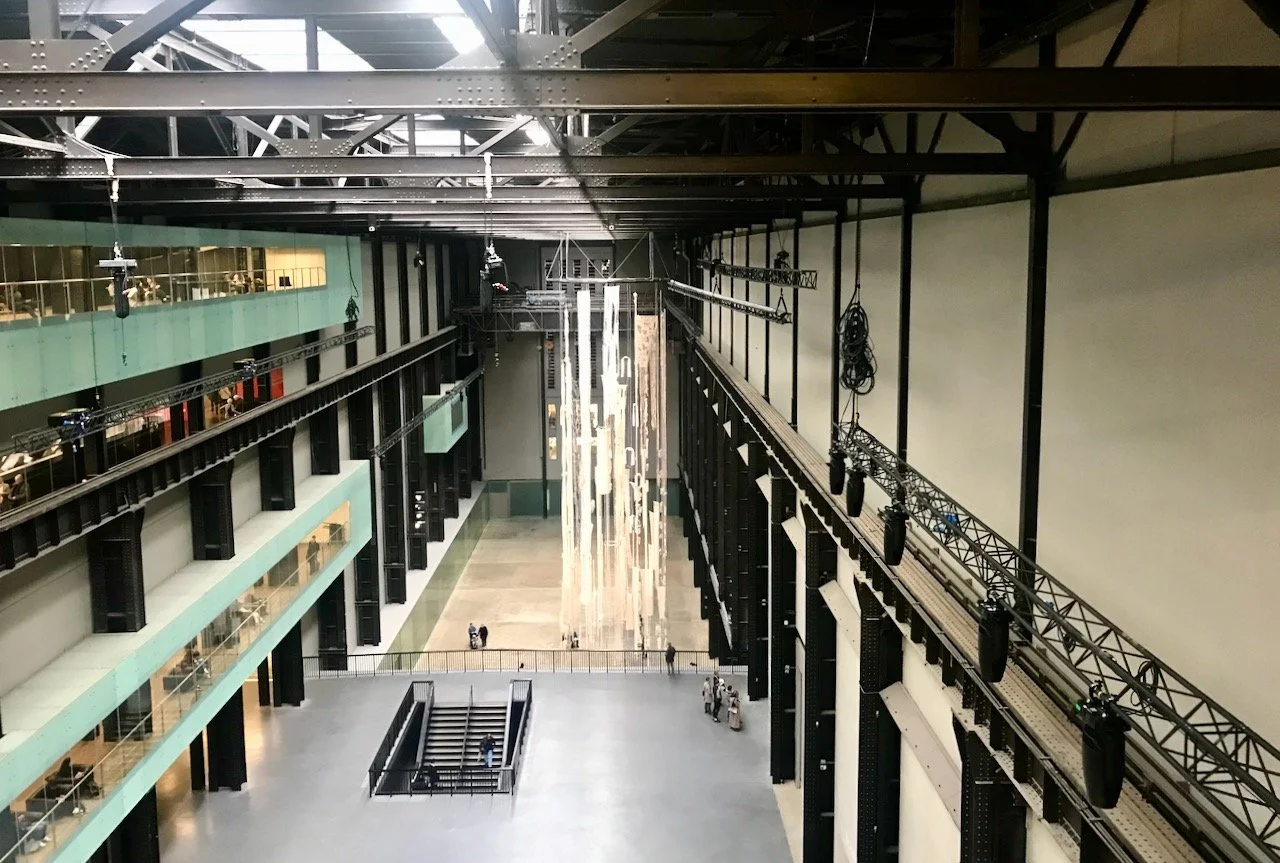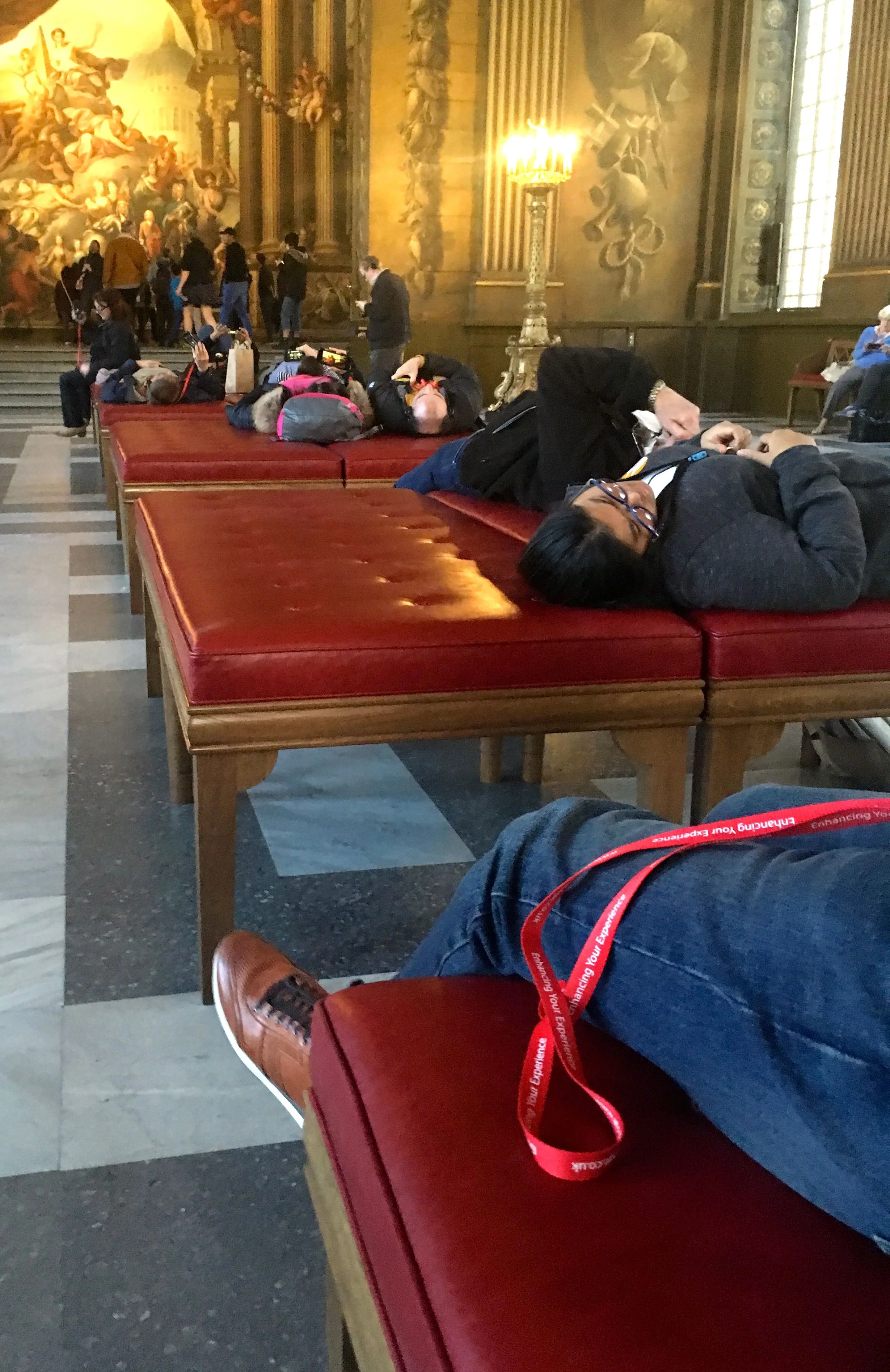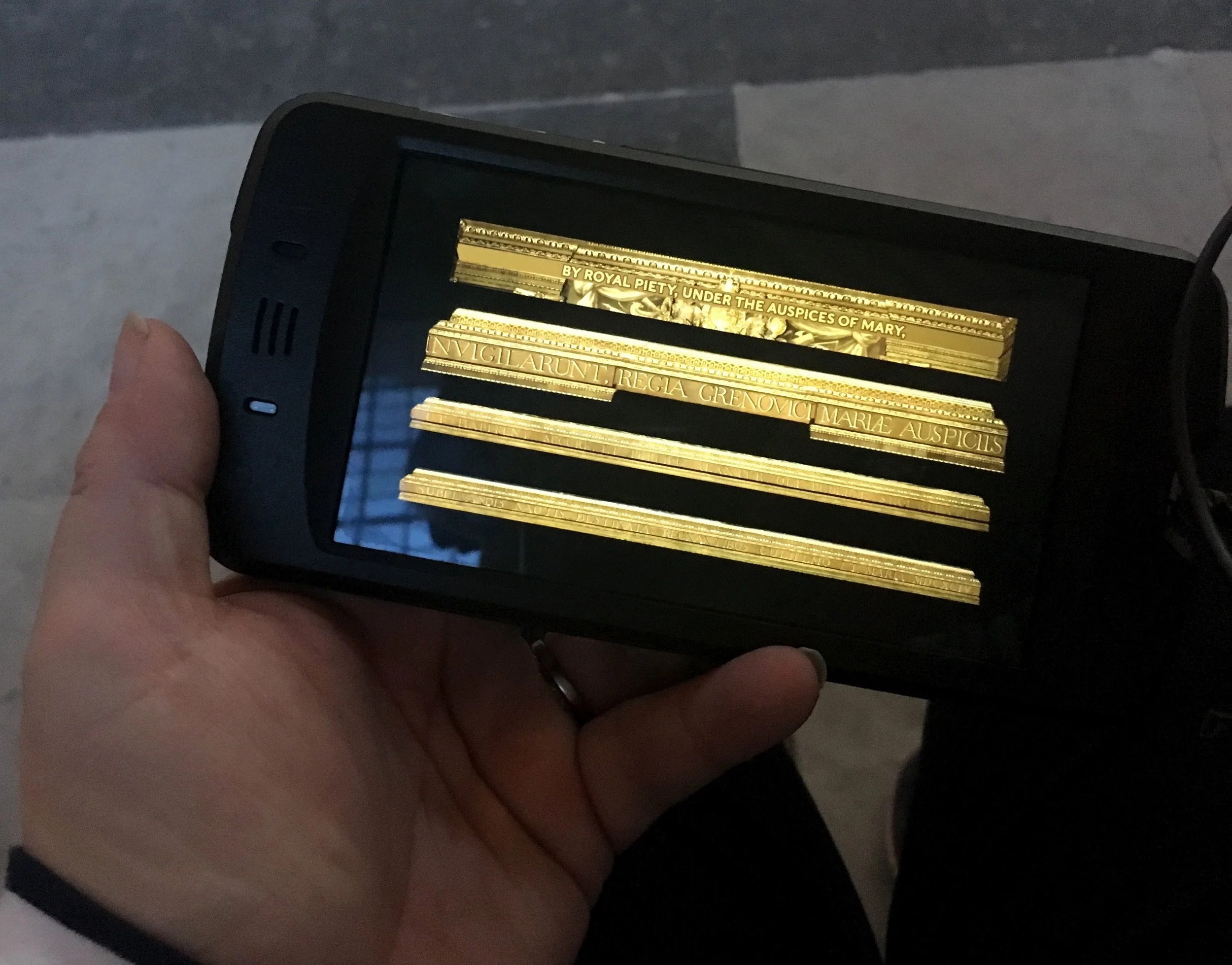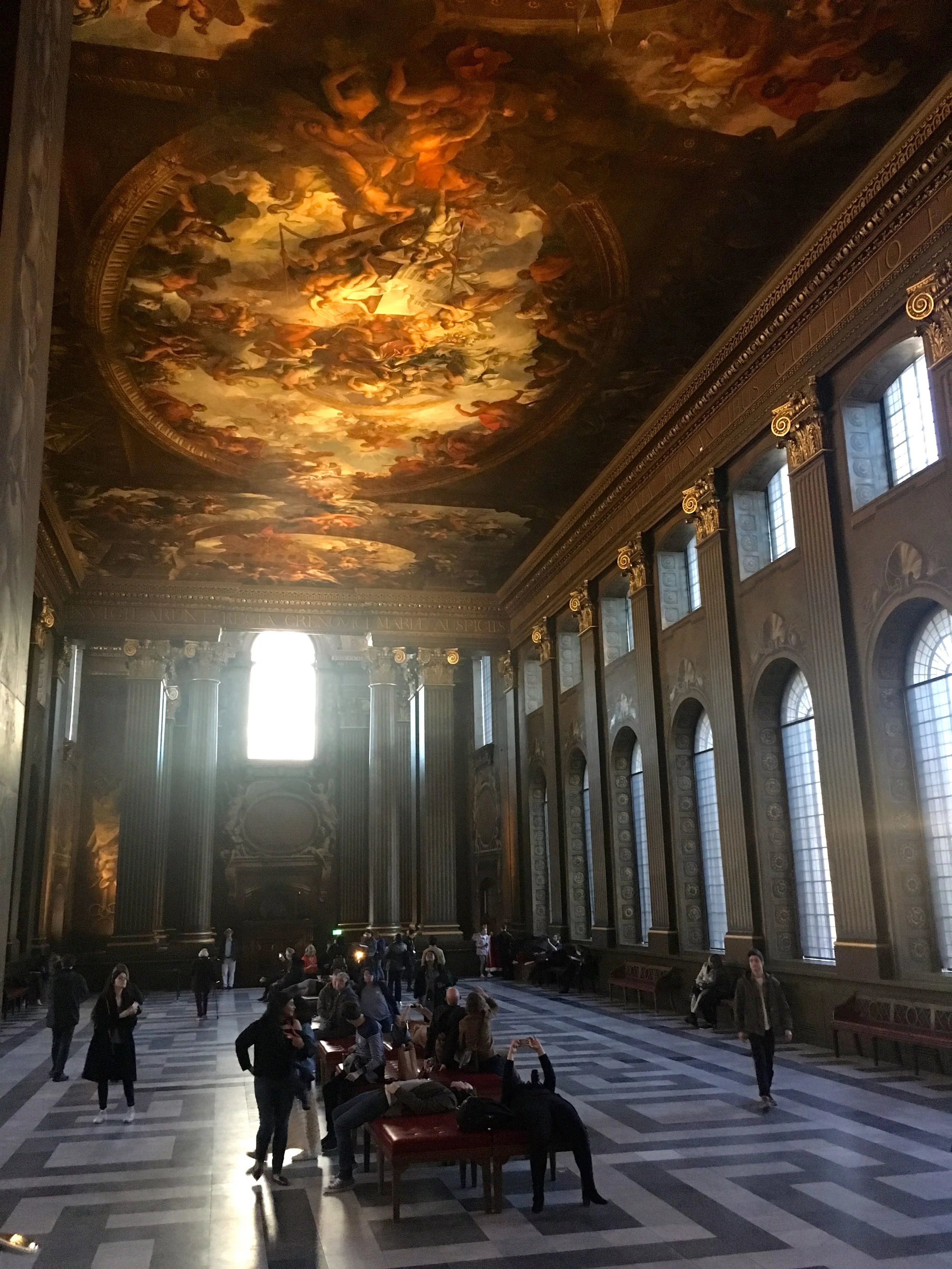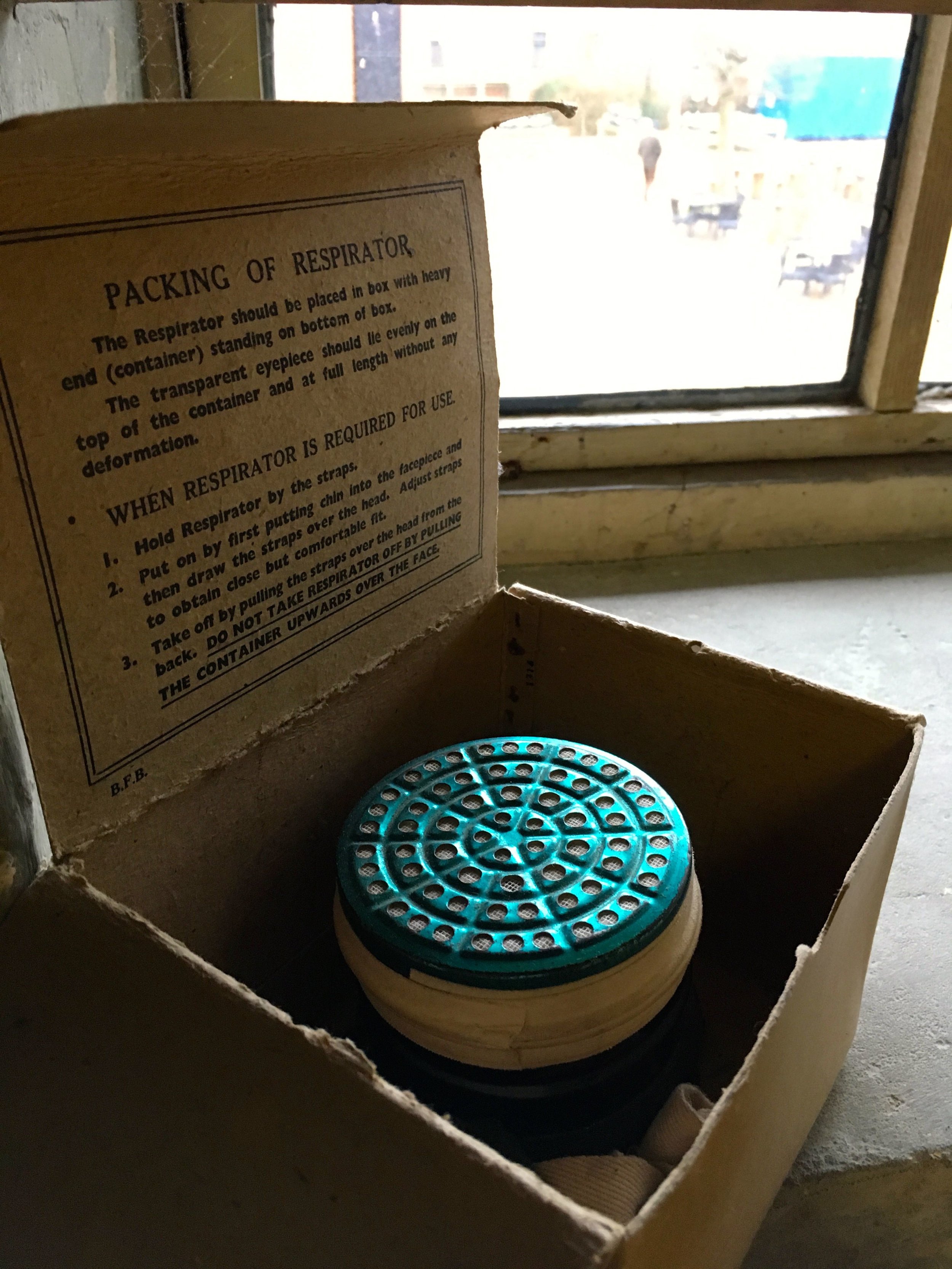On Monday I needed to run some errands in The City. It turned out my timing was impeccable as the sun was out and the temperatures milder than they’ve been all year. So it was rude not to make the most of, what is now an all too rare trip into town. I’d already made sure to catch a glimpse of my favourite City view, looking through to St Stephen Walbrook from St Swithin’s Lane.
The City is one of those places that really does look glorious in the sun, and I couldn’t help but stop and look back towards Bank junction as I crossed over and headed for the ‘wibbly wobbly’ or more properly named Jubilee bridge. My plan was to head over to the Tate Modern, somewhere I’d not been for quite a few years, and to look at the exhibition in the large turbine hall and perhaps a look around some of the other spaces.
I’m very much of a dip in and out type of person when it comes to museums, not someone who has to see everything on every visit. My approach works well when you visit regularly - and we haven’t - but I’m hoping it’s something that we’ll get back to doing more often, and so it’s great to be able to do this for free.
Cecilia Vicuña’s Brain Forest Quipu
The exhibition in the large Turbine Hall is made up of sculpture, sound, music and video. Quipu isn’t something I’d heard of before, but it’s an ancient South American recording and communication system made from knotted threads. Here the artist has worked alongside artists, activists and members of the community on this project with some of the items used in the sculptures collected from the banks of the Thames by women from local Latin American communities.
At the centre of Brain Forest Quipu are two sculptures that hang 27 metres from the ceiling. They are woven together using a range of organic materials, including found objects, unspun wool, plant fibres, rope and cardboard to evoke the look of bleached-out trees and ghostly forms.
It is these two sculptures that capture people’s attention. You can walk among the hanging threads but are asked not to touch them. Along with the audio playing in the hall, as you wander amongst them or sit and let your eye explore the full height of the sculptures, they really do become mesmerising and even mindful.
I was also intrigued by the ‘web’ holding each of the strands, which in some ways was acting as a giant rotary washing line. It was only as I went up to the upper walkways and floors that I got a closer look.
If you’ve not been to the Tate Modern it’s hard to get a sense of scale of these pieces, or of the Turbine Hall which is huge. It’s 155m long, 23m wide and 35m tall - the roof light has 524 glass panels.
And somehow that means the 27m sculptures don’t look that big from a distance - see how small the people on the viewing platform look in the photo below.
So a great day: errands completed, feeling the warmth of the sun and some cultural inspiration too.

